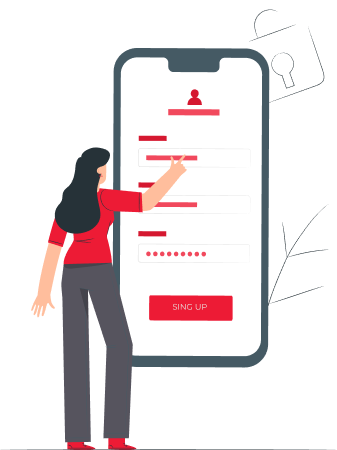Protect your business assets and data with Securityium's comprehensive IT security solutions!

The rise of Large Language Models (LLMs) like OpenAI’s GPT, Google’s Bard, and others has revolutionized industries ranging from customer service to education and healthcare. These advanced AI systems, powered by natural language processing (NLP), are capable of generating human-like text, answering complex questions, and even writing code. However, as their adoption grows, so do the risks associated with their deployment. Security vulnerabilities in LLM applications can lead to data breaches, manipulation of outputs, and exploitation by malicious actors. This is where the OWASP Top 10 for LLM Applications comes into play. Inspired by the globally recognized OWASP Top 10 for web applications, this framework identifies the most critical security risks specific to LLMs. By understanding and addressing these risks, developers, businesses, and security professionals can build safer and more reliable AI systems.
In this blog post, we’ll explore the OWASP Top 10 for LLM Applications, its relevance in today’s AI-driven world, and practical strategies to mitigate these risks. Whether you’re a developer, security expert, or business leader, this guide will provide actionable insights to secure your LLM-powered applications.
Large Language Models are now integral to countless applications, including:
As LLMs become more pervasive, their potential attack surface grows. Security vulnerabilities in these systems can lead to:
The original OWASP Top 10 focuses on web application security, but LLMs present unique challenges that require a tailored approach. For example:
By addressing the OWASP Top 10 for LLM Applications, organizations can proactively mitigate these risks and ensure their AI systems are robust, ethical, and secure.
Let’s dive into the OWASP Top 10 for LLM Applications, exploring each risk, its implications, and mitigation strategies.
Prompt injection attacks involve manipulating an LLM’s input (prompt) to produce unintended or harmful outputs. For example, an attacker might craft a prompt that bypasses restrictions or extracts sensitive data.
A chatbot designed to provide legal advice could be tricked into generating harmful or illegal recommendations by carefully crafting a malicious prompt.
LLMs trained on sensitive data may inadvertently reveal private information in their responses.
In 2023, a major company faced scrutiny when their employees used an LLM for code generation, only to discover that sensitive internal data was embedded in the model’s responses.
Improper access controls can allow unauthorized users to interact with or manipulate the LLM.
A financial institution deployed an LLM-powered chatbot but failed to restrict access to its administrative API, allowing attackers to modify its behavior.
Adversarial inputs are specially crafted inputs designed to confuse or manipulate the LLM into making errors.
An attacker could craft a query that causes a medical chatbot to provide incorrect or dangerous advice.
LLMs trained on biased datasets may produce outputs that reinforce stereotypes or discrimination.
A hiring tool powered by an LLM was found to favor male candidates over female candidates due to biased training data.
Model poisoning involves injecting malicious data into the training dataset to alter the LLM’s behavior.
An attacker could introduce data that causes the model to produce harmful outputs when triggered by specific inputs.
LLM applications often rely on third-party libraries, APIs, or pre-trained models, which may contain vulnerabilities.
A compromised third-party library used in an LLM application led to the exposure of sensitive user data.
LLM applications often expose APIs for integration with other systems. Insecure APIs can be exploited by attackers.
An attacker exploited an insecure API to flood an LLM-powered chatbot with malicious requests, causing a denial of service.
Without proper monitoring, organizations may fail to detect and respond to security incidents involving LLM applications.
A company failed to notice that their LLM was being used to generate phishing emails until it was too late.
LLM applications must comply with ethical guidelines and regulations (e.g., GDPR, HIPAA). Non-compliance can lead to legal and reputational risks.
A healthcare chatbot violated HIPAA regulations by exposing patient data in its responses.
By addressing these risks, organizations can:
The OWASP Top 10 for LLM Applications provides a critical roadmap for identifying and mitigating the unique security risks associated with Large Language Models. As LLMs continue to transform industries, securing these systems is no longer optional—it’s a necessity.
By prioritizing security, organizations can unlock the full potential of LLMs while safeguarding their users, data, and reputation. The future of AI is bright, but only if we build it on a foundation of trust and security.
